The History of Falafel & Recipe
113
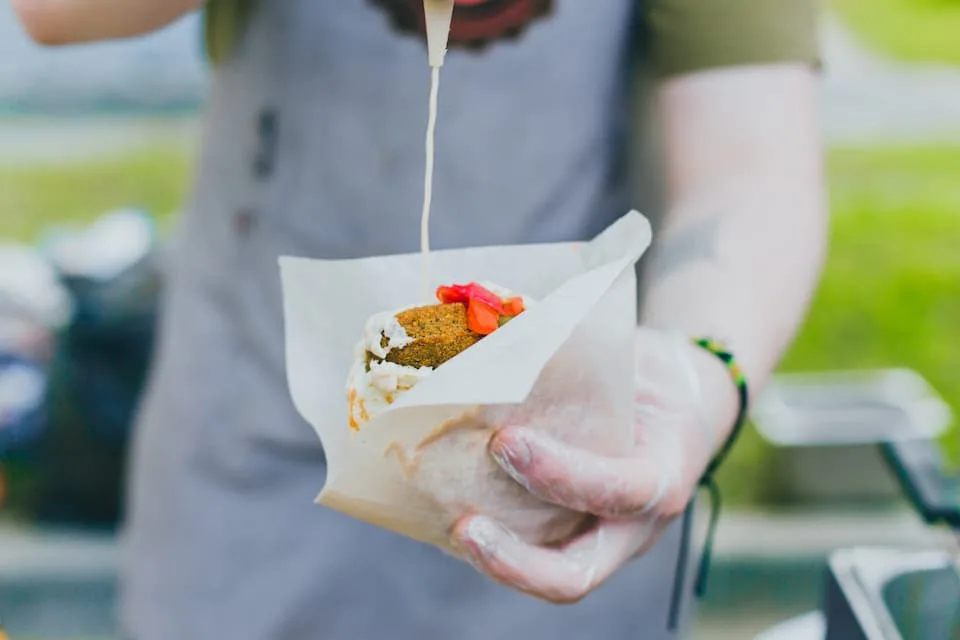
Falafel is a popular Middle Eastern dish made from ground chickpeas or fava beans, mixed with herbs and spices, and then deep-fried or baked. It has a long and diverse history that spans several centuries.
Origins:
The exact origins of falafel are debated, and different cultures claim to be the birthplace of this delicious dish. Some theories suggest that falafel originated in Egypt, where it was made with fava beans. Others argue that it has Levantine roots, particularly in Palestine or Lebanon, and that chickpeas were the main ingredient.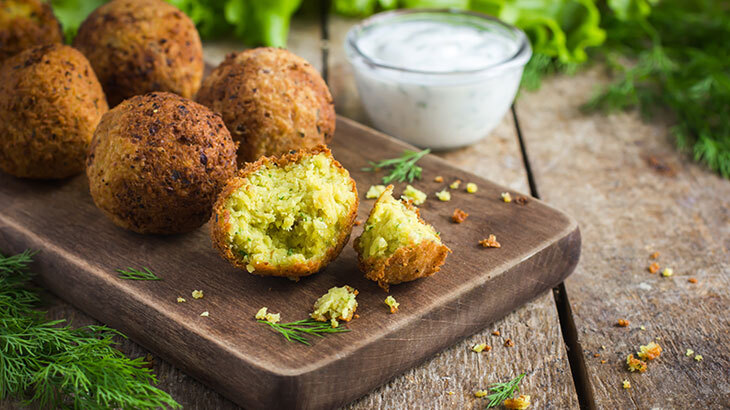
- Historical Timeline:
- Ancient Origins: Fried legume patties similar to falafel may have been consumed in ancient Egypt, as evidence suggests the use of fava beans in their cuisine.
- Levant: Falafel likely gained popularity in the Levant region, which includes modern-day Israel, Jordan, Lebanon, Palestine, and Syria. It became a common street food and a staple in Middle Eastern diets.
- Migration: As people from the Middle East migrated, falafel spread to other parts of the world. Jewish and Arab communities brought falafel recipes with them to Europe, North America, and beyond.
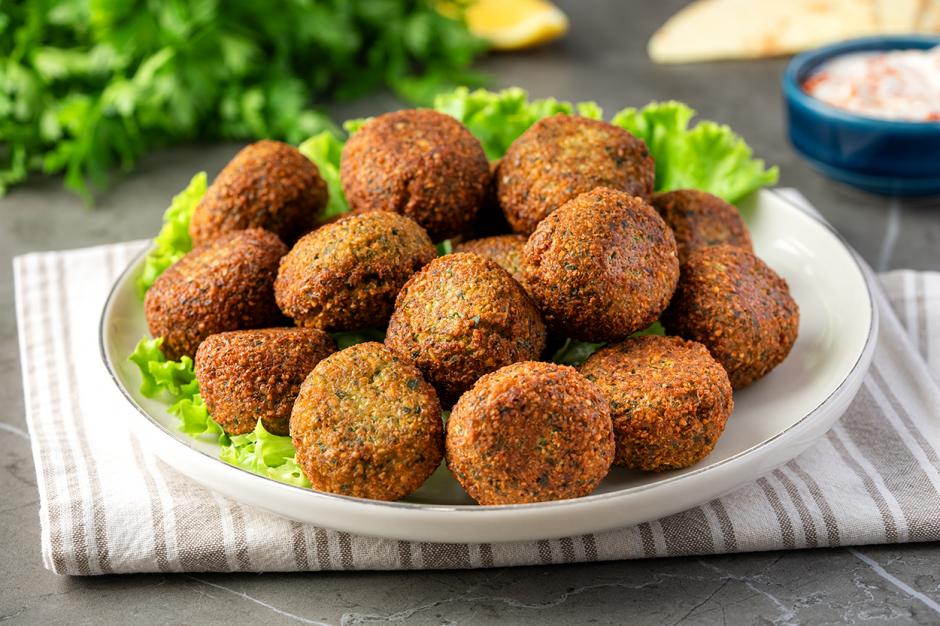
- Name Origins:
- The word "falafel" is believed to have Arabic roots, derived from the word "filfil," meaning pepper.
- In some regions, falafel is known by different names, such as "ta'amiya" in Egypt and "felafel" in Israel.

- Ingredients and Variations:
- Originally, fava beans were the main ingredient in falafel. However, chickpeas became more popular, especially in Western countries.
- The basic ingredients include chickpeas or fava beans, onions, garlic, fresh herbs (such as parsley and cilantro), and various spices (such as cumin and coriander).
- Regional variations may include different herbs, spices, or additional ingredients.
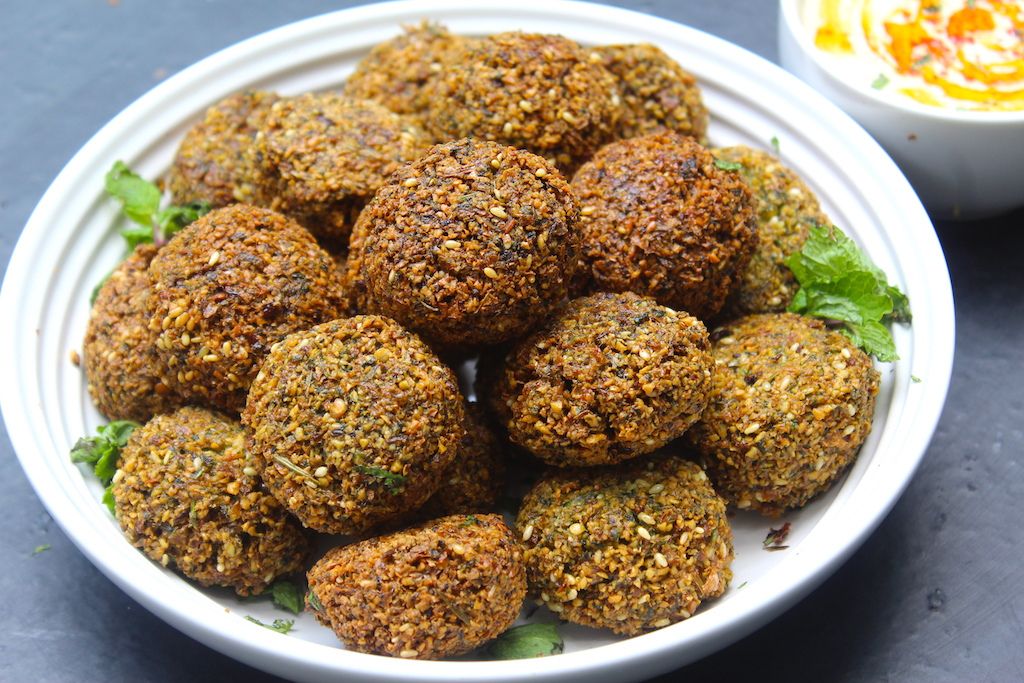
- Global Popularity:
- Falafel gained international popularity and is now enjoyed worldwide. It is often served in pita bread or flatbreads and accompanied by various toppings and sauces, such as tahini or yogurt-based sauces.
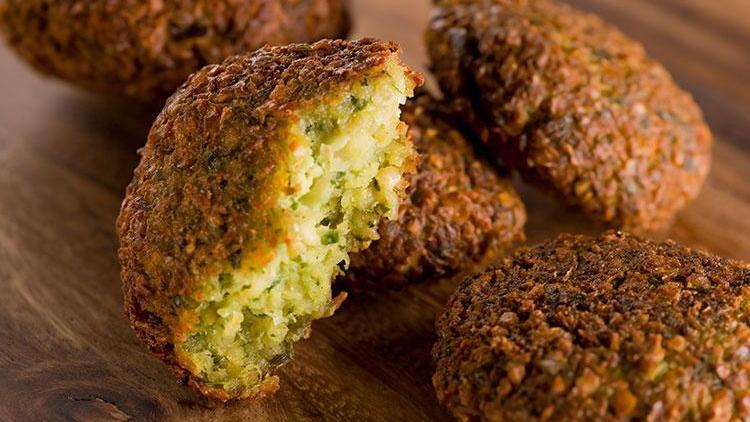
- Cultural Significance:
- Falafel has become a symbol of Middle Eastern cuisine and is appreciated for its vegetarian and vegan-friendly nature.

- Modern Adaptations:
- In recent years, there has been a surge in interest in plant-based diets, contributing to the popularity of falafel as a meat-free protein source.
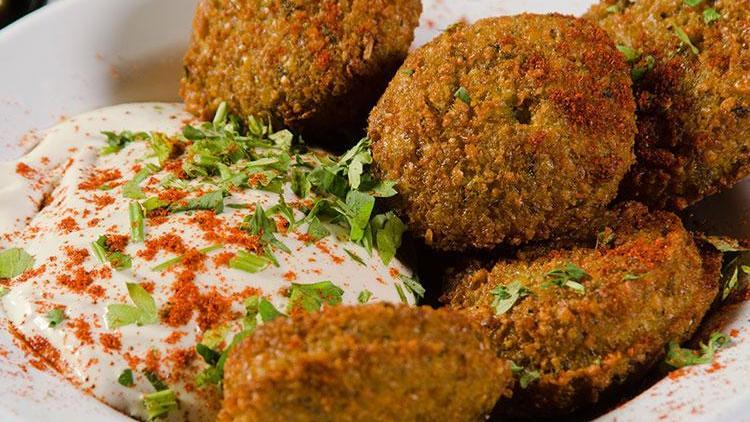
Falafel's rich history and diverse cultural connections make it a beloved and iconic dish enjoyed by people from various backgrounds around the world.
Homemade Falafel Recipe;
Ingredients:
- 1 cup dried chickpeas (or 2 1/2 cups cooked chickpeas)
- 1/2 large onion, roughly chopped (about 1 cup)
- 2 cloves garlic
- 3 tablespoons fresh parsley, chopped
- 1 teaspoon coriander powder
- 1 teaspoon cumin powder
- 1/4 teaspoon cayenne pepper (optional, for a bit of heat)
- Salt to taste
- Black pepper to taste
- 1/2 teaspoon baking soda
- 4 tablespoons all-purpose flour or chickpea flour (for a gluten-free option)
- Vegetable oil for frying
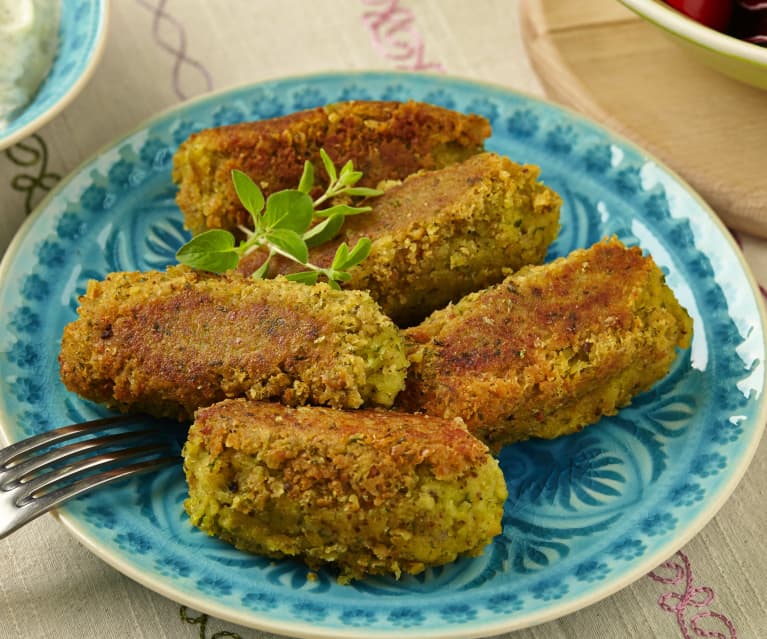
Instructions:
- Prepare the Chickpeas:
- If using dried chickpeas, soak them in cold water overnight. Drain and rinse.
- If using canned chickpeas, drain and rinse them thoroughly.
- Combine Ingredients:
- In a food processor, combine chickpeas, chopped onion, garlic, parsley, coriander powder, cumin powder, cayenne pepper (if using), salt, and black pepper.
- Pulse the mixture until it is finely ground but not pureed. You want a slightly coarse texture.
- Add Baking Soda and Flour:
- Sprinkle baking soda and flour over the mixture and pulse a few more times until everything is well combined.
- The baking soda helps the falafel become light and fluffy, and the flour helps bind the mixture.
- Chill the Mixture:
- Transfer the falafel mixture to a bowl, cover, and refrigerate for at least 1-2 hours. Chilling helps the mixture firm up, making it easier to shape into balls.
- Shape the Falafel:
- With slightly wet hands, form the mixture into small balls or patties, about 1 to 1.5 inches in diameter.
- Fry the Falafel:
- Heat vegetable oil in a deep pan over medium heat.
- Carefully place the falafel in the hot oil, a few at a time, and fry until golden brown on all sides. This usually takes about 3-4 minutes.
- Use a slotted spoon to remove the falafel from the oil and place them on a plate lined with paper towels to absorb excess oil.
- Serve:
- Serve the falafel warm with pita bread, tahini sauce, hummus, or your favorite toppings.
Enjoy your homemade falafel! You can also get creative with serving options and include fresh salads, pickles, or sauces according to your taste.
I recommend you to check falafel recipe videos I put below;
Falafel Recipe;
How to Make Falafel;
Falafel in 2 ways : CLASSIC and BAKED;
Crispy Falafel Recipe;
Crispy Fried and Baked Falafel (vegan) Recipe;
References;
- Grogan, Bryanna Clark (July 2003). "Falafel without fat". Vegetarian Times. pp. 20, 22. ISSN 0164-8497. Retrieved 23 February 2011.
- "falafel". American Heritage Dictionary (5th ed.). 2011.
- Davidson, Alan; Jaine, Tom (2006). The Oxford Companion to Food (2nd ed.). Oxford University Press. p. 287. ISBN 978-0-19-280681-9. Retrieved 27 April 2010.
- Habeeb, Salloum (1 April 2007). "Falafel: healthy Middle Eastern hamburgers capture the West". Vegetarian Journal. Archived from the original on 2 September 2019. Retrieved 16 February 2010.
- Galili, Shooky (4 July 2007). "Falafel fact sheet". Ynet News. Archived from the original on 28 June 2011. Retrieved 6 February 2011.
- "Falafel | History Today". www.historytoday.com. Archived from the original on 3 January 2021. Retrieved 11 December 2022.
- Thorne, Matt; Thorne, John (2007). Mouth Wide Open: A Cook and His Appetite. Macmillan. pp. 181–187. ISBN 978-0-86547-628-8. Retrieved 23 February 2011.
- Perry, Charles (May 2007). "Middle Eastern Influences on American Food". In Smith, Andrew F. (ed.). The Oxford Companion to American Food and Drink. Oxford University Press, USA. p. 384. ISBN 978-0-19-530796-2
Thank you for reading my article and shared your time for it !
You can complete great comment tasks with commenting my cookie article too !
#falafel #food #cuisine #foodinspiration #food #american #fastfood #crispy #dinner









































